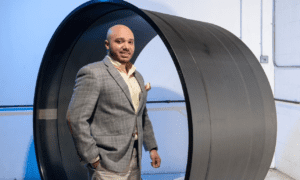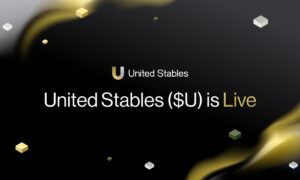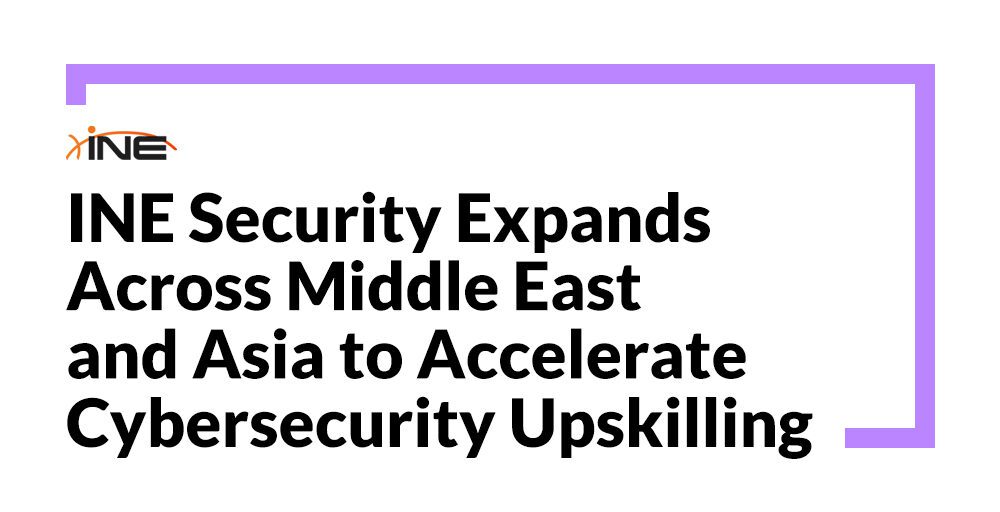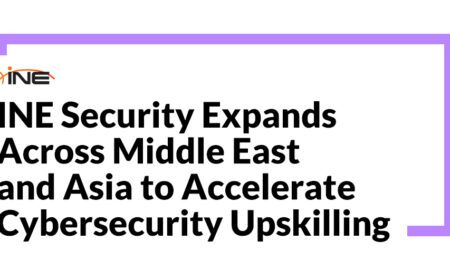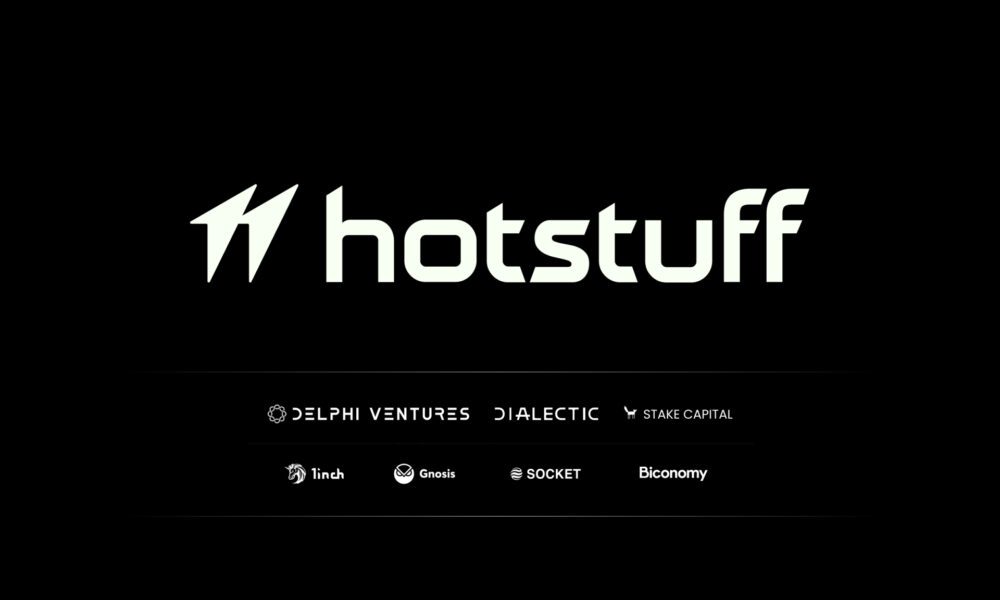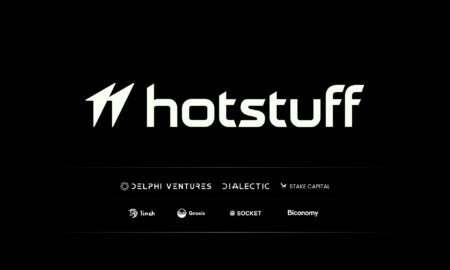As property prices soar and sustainable living gains popularity, tiny homes have emerged as an appealing housing alternative in Australia. But what are the true costs of embracing this lifestyle? Let’s explore the expenses associated with these compact dwellings.
Understanding the Tiny Home Concept
Defining Tiny Homes in Australia
These dwellings range from 7.5 to 50 square metres, typically no larger than two stacked 20-foot shipping containers. This compact design promotes minimalist living, emphasising experiences over possessions.
Legal Considerations and Classifications
Tiny homes often occupy a regulatory grey area, usually falling under caravan or mobile home regulations when built on wheels. Fixed structures must comply with the Building Code of Australia (BCA) and local council requirements.
The Appeal of Compact Living
The tiny home movement represents more than a trend; it’s a response to evolving societal needs and values.
- Financial Freedom: Tiny homes offer a budget-friendly path to homeownership with reduced initial and ongoing costs.
- Environmental Consciousness: These compact dwellings naturally minimise energy usage and environmental impact.
- Simplified Lifestyle: Tiny homes promote mindful living through decluttering and intentional consumption.
- Flexibility and Mobility: Many designs are portable, allowing residents to relocate whilst maintaining their home environment.
These benefits add value beyond the financial aspects when considering tiny home living.
Breaking Down the Costs: Initial Investment
Understanding upfront costs is essential when considering tiny home ownership. Let’s examine the key cost components.
Base Price Range for Tiny Homes in Australia
Tiny homes in Australia typically cost between $30,000 and $150,000. Most buyers invest $60,000-$120,000 for a well-equipped dwelling:
- Entry-Level Models: Basic homes start at $60,000
- Mid-Range Options: $80,000-$100,000 with better materials
- Premium Builds: $120,000+ for luxury finishes
Factors Influencing the Initial Cost
Key price determinants include:
- Size and Design: Larger or complex layouts cost more
- Materials: Standard versus premium options
- Customisation: Bespoke features increase costs
- Off-Grid Features: Solar panels and water systems
- Mobility Options: Trailer-based builds have additional costs
The Hidden Costs of Getting Started
Beyond the home’s price, several other expenses warrant consideration:
- Land Acquisition or Rental: You’ll need to budget for purchasing or leasing land if you don’t own a suitable plot.
- Site Preparation: Consider costs for ground levelling, foundation work, and utility connections based on your location.
- Permits and Inspections: Local regulations require fees for necessary permits, inspections, and potential legal advice.
- Delivery and Setup: Off-site built homes need transportation and installation budgeting.
- Furnishings and Appliances: Set aside funds for space-efficient furniture and appliances, even if your home includes basic furnishings.
Planning for these initial costs helps create a realistic budget for your tiny home project.
Ongoing Expenses: Living the Tiny Life
While tiny homes offer lower initial costs than traditional houses, understanding ongoing expenses is crucial for effective budgeting.
Utility Costs in a Tiny Home
Tiny homes typically offer reduced utility bills due to their compact size. Key factors affecting costs include:
- Energy Efficiency: LED lights and efficient appliances reduce electricity usage.
- Heating and Cooling: Smaller spaces require less temperature control energy.
- Water Usage: Limited space naturally reduces water consumption.
- Off-Grid Systems: Solar panels can minimise utility costs but require maintenance.
Australian tiny home residents typically spend £30-£85 monthly on utilities.
Maintenance and Repairs
Regular upkeep includes:
- Regular Inspections: Routine system checks prevent major issues
- Weatherproofing: Environmental protection treatments
- Appliance Maintenance: Frequent servicing of compact appliances
- Structural Upkeep: Homes on wheels require regular trailer maintenance and structural checks. Budget approximately 1-2% of your home’s value yearly for repairs.
Insurance Considerations
Tiny home insurance can be more complex than standard property coverage:
- Mobile vs. Stationary: Insurance varies based on whether your home is mobile or fixed.
- Coverage Types: You may need combined home, contents, and vehicle insurance.
- Specialised Policies: Some insurers offer specific tiny home policies for better coverage.
Annual insurance typically costs £500-£1,500, varying with home value and coverage level.
Parking and Land Fees
Without land ownership, consider these ongoing costs:
- Caravan Parks: Weekly fees range £150-£300, depending on location and facilities.
- Private Land Rental: Often more economical, with costs varying by location.
- Council Fees: Consider applicable rates for parking on owned land.
Comparing Tiny Home Costs to Traditional Housing
Understanding the financial impact of tiny homes versus traditional housing helps inform long-term decisions.
Initial Investment: Tiny Homes vs. Traditional Houses
The primary difference lies in upfront costs:
- Tiny Homes: Initial investment typically ranges £60,000-£120,000 for well-equipped models.
- Traditional Houses: Capital city median prices approach £750,000, varying by location.
This cost difference makes homeownership more accessible through tiny homes.
Total Interest Paid
Tiny Home
- Price: £100,000
- Term: 10 years
- Interest Rate: 4%
- Monthly Payment: £1,012
- Total Interest Paid: £21,494
Traditional House
- Price: £750,000
- Term: 30 years
- Interest Rate: 4%
- Monthly Payment: £3,580
- Total Interest Paid: £538,731
This comparison shows significant potential savings with tiny homes in both monthly payments and total interest.
Long-Term Financial Impact
The cumulative effect of these cost differences can be substantial:
- Wealth Accumulation: Lower tiny home costs enable increased investments and savings.
- Retirement Planning: Reduced expenses support earlier or more comfortable retirement.
- Flexibility: Lower financial commitments offer greater adaptability.
Financing Options for Tiny Homes in Australia
Tiny home funding differs from traditional mortgages. Here are the main options:
Traditional Lending Institutions
While some banks now recognise tiny homes, conventional mortgages can be challenging:
- Personal Loans: Most accessible but with higher rates
- Construction Loans: Available for permanent tiny homes
- RV Loans: Suitable for homes on wheels
Specialised Tiny Home Lenders
The growing market has sparked specialised options:
- Tiny Home-Specific Loans: Tailored products with flexible terms
- Peer-to-Peer Lending: Online platforms connecting buyers with lenders
By exploring these financing options and preparing thoroughly, you can increase your chances of securing funding for your tiny home. The unique nature of tiny homes often requires creative financing approaches, but the lifestyle benefits make it worthwhile.
State-by-State Cost Variations
Each Australian state and territory has distinct economic factors affecting tiny home costs:
- New South Wales:
- High land costs in popular areas
- Strict council regulations
- Victoria:
- Growing tiny home acceptance
- Climate needs versatile temperature control
- Queensland:
- Lower energy costs due to climate
- Higher coastal area prices
- Western Australia:
- Affordable rural land
- Higher remote area costs
- South Australia:
- Progressive tiny home policies
- Special water systems needed
- Tasmania:
- Lower property prices
- Higher heating costs
- Northern Territory:
- Robust construction needed
- High remote area costs
- Australian Capital Territory:
- Space and regulation constraints
- Higher service costs
Climate Considerations and Associated Costs
Australia’s climate zones affect expenses through:
- Tropical North: Cyclone-resistant builds
- Arid Centre: Enhanced insulation
- Temperate South: Seasonal adaptations
- Alpine Areas: Snow-capable structures
Local Council Regulations and Their Financial Impact
Council policies affect costs via:
- Zoning restrictions
- Building standards
- Permit charges
- Utility connections
The Hidden Costs of Tiny Home Living
While tiny homes offer affordability, several hidden expenses warrant consideration. These less obvious costs can impact your budget and lifestyle significantly. Let’s explore these overlooked aspects of tiny home living.
Unexpected Maintenance and Repairs
Despite their size, tiny homes require regular maintenance:
- Plumbing Issues: Compact systems need frequent attention
- Structural Stress: Mobile homes face increased wear
- Moisture Management: Limited space affects humidity control
- Appliance Wear: Specialised appliances may need replacing sooner
Tip: Set aside 1-3% of your home’s value for annual maintenance.
Storage Solutions and Space Management
Limited space requires thoughtful solutions:
- Custom Furniture: Space-saving furniture costs more
- External Storage: Additional storage rental may be needed
- Organisational Systems: Essential for clutter-free living
Zoning and Legal Compliance Costs
Legal considerations include:
- Legal Consultations: Understanding local laws
- Permit Fees: Required for placement
- Land Agreements: For parking arrangements
- Compliance Upgrades: Meeting building codes
Transportation and Relocation Expenses
Mobile homes involve:
- Fuel Costs: Higher consumption when towing
- Towing Vehicle: Suitable vehicle needed
- Site Preparation: Location setup costs
Insurance Complexities
Insurance challenges include:
- Specialised Policies: Specific coverage needed
- Mobile Considerations: Combined insurance requirements
- Location Factors: Insurance costs vary significantly based on parking location.
Lifestyle Adjustment Costs
Living tiny requires lifestyle adaptations with financial implications:
- Dining Out: Limited kitchen space may increase takeaway expenses.
- Laundry Services: External laundry facilities might be necessary.
- Entertainment: Less indoor space could mean more outdoor activities.
- Gym Memberships: External fitness facilities may be required.
Resale and Depreciation Considerations
Tiny homes often differ from traditional properties in value retention:
- Market Limitations: Niche resale market may affect future value.
- Depreciation: Wheeled homes may depreciate like vehicles.
- Customisation Impact: Personal designs could limit buyer appeal.
Looking for a Tiny Home?
Seeking an affordable, sustainable tiny home? Consider LJM Tiny Homes, Queensland’s premier tiny house builder. They offer innovative designs, quality craftsmanship, and customisation options perfect for first-time buyers and downsizers. Their expertise ensures homes suit Queensland’s climate and lifestyle. Ready to start? Book your free consultation today!












